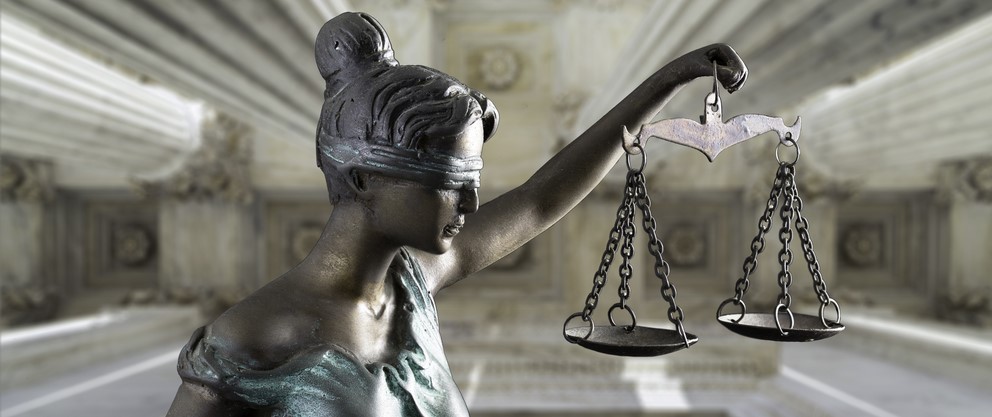Supreme Court Holds No Executive Authority for Widespread Student Debt Cancellation
Legal Alerts
6.30.23

The federal government’s push to alleviate the burden of student debt for millions of Americans came to a head (and an end) in Biden v. Nebraska, No. 22-506, decided today by the Supreme Court. In the other student loan forgiveness case before the Court, Department of Education v. Brown, No. 22-535, the Court determined the plaintiff lacked standing.
A 6-3 majority struck down the student loan relief program announced by President Biden last August. Chief Justice Roberts delivered the opinion of the Court, joined by Justices Thomas, Alito, Gorsuch, Kavanaugh, and Barrett.
This decision affects those with federal student loan debt and student loan creditors. Relying on the Higher Education Relief Opportunities for Students Act of 2003 (HEROES Act) for authority, the Department of Education announced that it would cancel $10,000 in student loan debt for borrowers making less than $125,000 per year, and $20,000 for borrowers who qualified for need-based Pell grants. Six states sued, arguing that the HEROES Act does not authorize debt cancellation.
The first legal hurdle that the states had to clear was standing—they had to show the Court that they had suffered an injury in fact that is fairly traceable to the challenged conduct and likely to be redressed by the lawsuit. The Court determined that Missouri had suffered such an injury because a Missouri government corporation that holds federal student loans would lose approximately $44 million in administrative fees if the student debt was cancelled according to the plan. Because at least one state had standing, the case could proceed.
Turning to the merits, the Court held that the Department of Education did not have the authority to implement a blanket cancellation of student debt. The HEROES Act permits the Secretary of Education to “waive or modify” federal student loan statutes and requirements “in connection with a war or other military operation or national emergency.” Waivers or modifications may apply only to borrowers who are “affected individuals”; that is, borrowers who reside or are employed in a declared disaster area, or who have suffered economic hardship due to war or other national emergency.
During the COVID-19 pandemic, the federal government relied on the HEROES Act as authority to suspend student loan payments and interest accrual on those loans. In August 2022, the Department of Education announced it was again invoking the “waiver and modification” provision of the HEROES Act to implement the student debt cancellation scheme, which would cancel approximately $430 billion in student loan principal.
The Court determined that the “waive or modify” language of the HEROES Act did not encompass the authority to cancel debt altogether. While the current federal student loan statute allows cancellation of debt in certain narrow circumstances—such as the borrower’s death or disability—the removal of those limitations was not a “waiver” or “modification,” according to the Court. Instead, the debt relief program was an improper extra-legislative addition to the federal student loan statutory scheme. The Court further concluded that the congressional purpose of the HEROES Act did not expand the Department of Education’s modification authority beyond the statute.
In dissent, Justice Kagan, joined by Justices Sotomayor and Jackson, disagreed that the states had an injury that conferred standing to sue. The dissent further urged that the majority opinion was an overstep of the judicial branch into the legislative territory. Justice Kagan argued that the HEROES Act condoned additions to the student loan statutory scheme, especially considering the congressional history and purpose of the law. The dissent concluded that the HEROES Act would have encompassed the authority to cancel student debt for economic relief during a pandemic.
The Court’s opinion will be as controversial as was the student loan cancellation program. Practically speaking, about 43 million Americans share about $430 billion in debt that they expected (or hoped) to be cancelled. Their student loan payments are set to resume in October.
Potential Impacts:
First, millions of Americans will continue to shoulder approximately $430 billion in student loan debt.
Second, the Department of Education and President Biden might seek alternative, narrower routes for student debt relief through existing statutory schemes that benefit government workers and lower-income individuals.
Third, the expected influx into the economy of “new” money formerly tied up in student debt will not be realized; the decision will have yet-to-be-determined macroeconomic implications for the American economy.
If you have any questions about the information in this alert, please contact Chantel Febus, James Azadian, Christopher Sakauye, Brooke Bohlen, or your Dykema relationship attorney.





